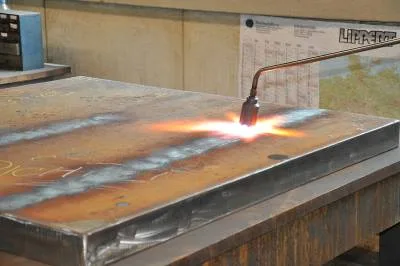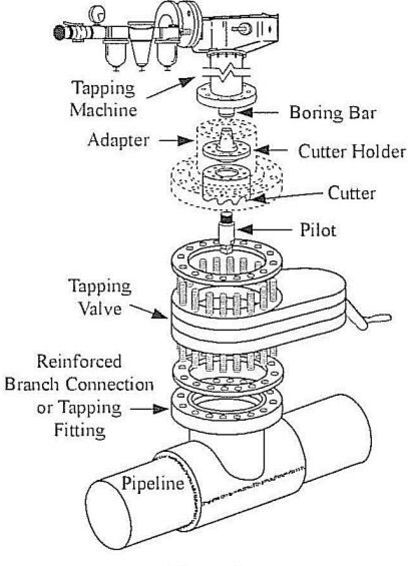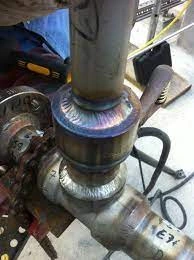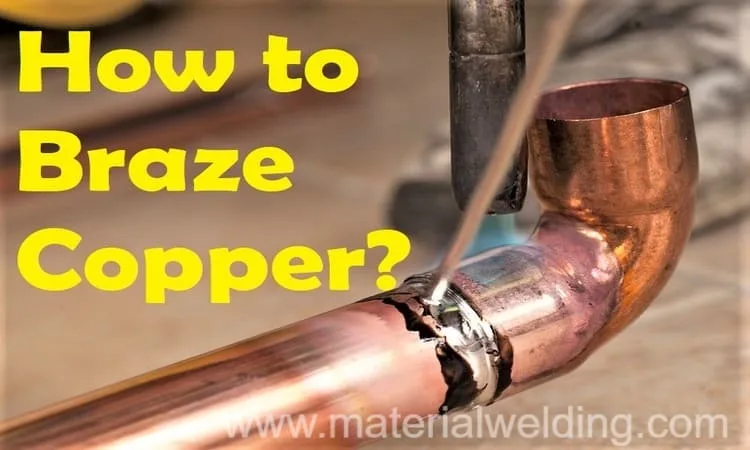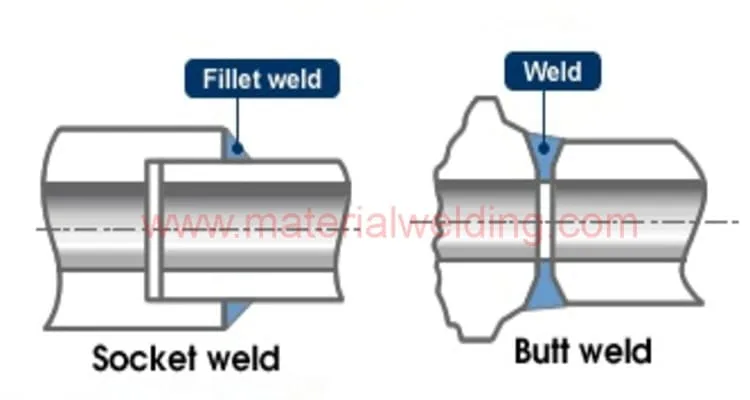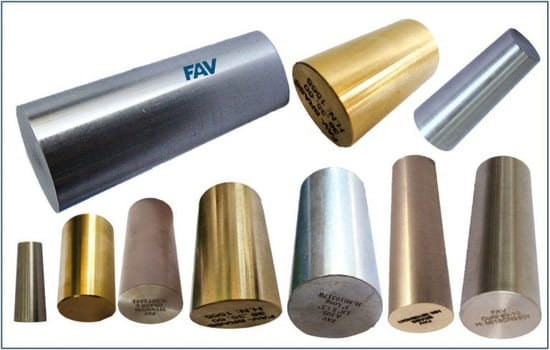What is Shrink Fitting?
Shrink Fitting process is a simple process that can be used to join two workpieces without using any fusion by welding or bonding using adhesive. It is based on the physical law that metals shrink as temperatures drop.
If the components heat up, they expand again. They sit perfectly in place and take no damage. The low temperatures can be generated with cryogenic liquefied nitrogen.
Shrink Fitting by Heating
Shrink fitting is a process of joining two or more parts together, often for the purpose of creating an assembly.
It involves carefully heating one component and cooling the other, in order to create a tight fit between them. This process can be used in many industries, including automotive manufacturing and engineering.
Shrink fitting involves using thermal expansion and contraction to achieve accurate fitment between components.
The part that needs to be joined is heated until it expands in size, while the other part is cooled so that it shrinks slightly. When the first component cools down again, it fits snugly around the second component with a stable and secure bond.
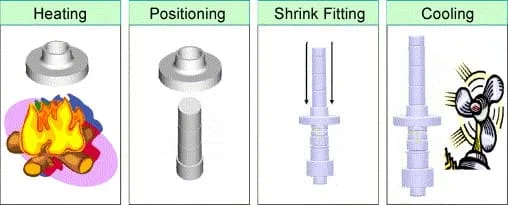
This method eliminates any movement or gaps between two mating components due to thermal expansion differences when under load or during operation.
In addition, this method is fast and efficient as compared to traditional mechanical fastening techniques such as welding.
Cold Shrink Fitting using Liquid Nitrogen
In order to get optimal fits, various methods are used today. One possibility is to gradually heat the outer workpiece. It expands temporarily and both components join easily.
The disadvantage, however, is that the heat distribution when heating is often uneven. Stresses or even cracks develop and the workpieces often get annealed.
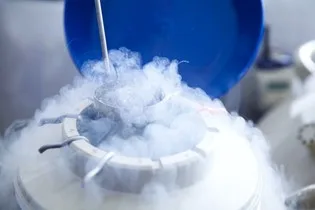
Shrinking or cold shrink fitting using liquid nitrogen is an alternative here that works best without any distortion involved.
Principle of Cold Shrink Fitting Using Liquid Nitrogen
The principle behind shrink fitting with liquid nitrogen is simple yet effective; when exposed to very low temperatures, metals expand slightly and can be removed easily after exposure. This allows the pieces in an assembly to be fitted tightly together without resorting to welding or other less precise methods.
When employing shrink fitting with liquid nitrogen, it is important to understand the properties of the metal being used, as different metals will expand at different rates when subjected to extremely cold temperatures.
The liquid nitrogen cools the internal diameter of the component so that its volume is reduced.
The workpieces can be joined well and fit together perfectly after the interior has expanded again when heated.
Shrink Fitting using Liquid Nitrogen Procedure
When it comes to connecting hubs and shafts, the latter has to be shrunk. To do this, immerse the component in a bath of liquid nitrogen.
Liquid nitrogen has a temperature below – 196 degrees Celsius. It extracts a lot of heat from the workpiece and ensures that its volume is reduced. How much the shrinkage is or how long the process has to be used depends on the material and its diameter.
A mass of 0.6 to 0.8 kilograms of liquid nitrogen per kilogram of steel usually results. Added to this is the amount of nitrogen required to fill the tank.
After cold shrinking, the shafts can be pulled out of the nitrogen bath. The shaft now has a smaller diameter so that it can be inserted into the hub. The small amount of play between shaft OD and hub ID allows both components to be brought into the correct position in relation to one another.
Duration of Cold Shrink Fitting
How long the part shall be kept in the liquid nitrogen depends on the material and its thickness.
Steel with a wall thickness or a diameter of 50 millimeters (2 inches) should be immersed for about 5 minutes. With a wall thickness or a diameter of 500 millimeters (10 inches), it can be up to 80 minutes.
Generally, the higher the thickness of the material, the higher the duration required to keep the part immersed in the liquid nitrogen for an optimal reduction in the diameter.
How much does steel shrink in liquid nitrogen?
The amount of shrinkage in steel and other materials in liquid nitrogen is given in the below table:
| material | Maximum Shrinkage (µm/mm) |
|---|---|
| Gray cast iron, malleable cast iron | 1.5 |
| Carbon steel, Low alloy steel | 1.8 |
| Cr-Mo Steels | 1.9 |
| Ferritic Stainless steel | 2.2 |
Advantages of Shrink Fitting
The main advantages of Shrink Fitting process are:
- low investment, labor and energy costs.
- No distortion due to lack of heating.
- No alternation of mechanical properties of the materials.
- Heat-sensitive materials can also be used with this process without affecting their microstructure.
- The process is simple and can be used almost anywhere.
- Connections are a perfect fit and particularly strong.
- no loss of quality of the workpieces to be processed.
